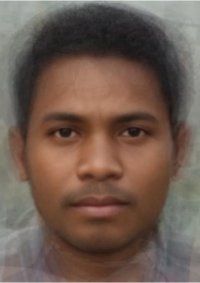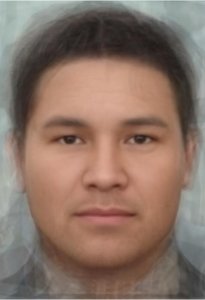|
Besides the cephalic index and height-length index, overall head size can be a useful anthropometric trait. E.g. even though populations experience (de-)brachycephalisation, the head size is often unaffected. This made many authors keep brachycephalised groups of Northern Europe in the Nordid category or place them in an additional "cromagnid" or "Upper Paleolithic" group, instead of placing them in Alpine.
Traits usually described as "cromagnid" in Europe are often associated with particularly large heads.
Head size here is measured by sum of the head length and head breadth in line with Coon (1939) and Neumann (1952). Alternatively, head height may be added, but data on this is more scarce. Related measures are head circumference and cranial volume.
If one studies the distribution of head size, the smallest-headed populations are found in (sub)tropical regions while almost all the large-heads (with a few exceptions) appear in cold regions. In fact, head size is only weakly correlated with stature, e.g. relatively short groups of cold regions often show large heads. However, head size is more strongly correlated with absolute trunk length.
Head size is also correlated with cranial volume, which reaches its greatest dimensions in arctic North Asia and North America. One theory is that dark winters lead to bigger human brains and eyeballs (Pearce and Dunbar, 2012).
On this site, only types with a head length/breadth sum of at least 350 mm are denoted as large-headed, and groups with an average length/breadth sum of less than 330 mm are denoted as small-headed. Note that the values skull length and skull breadth are slightly lower. If a type has a medium head size, it is not explicitly stated. Types in which only some subgroups reach the criteria are noted as rather small or large-headed.
|



